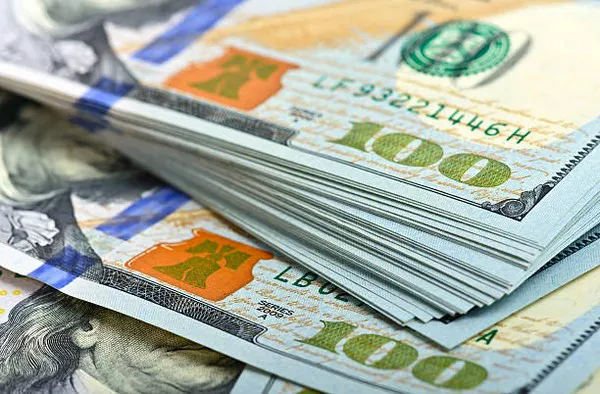USD/CAD has rebounded from a five-month low of 1.3498 recorded on Monday and is currently hovering around 1.3510 during early European trade on Monday. The rise in USD/CAD could be due to a strengthening of the U.S. dollar due to increased risk aversion. However, the dollar may face downward pressure as the possibility of a rate cut by the Federal Reserve in September increases.
The market is strongly expecting the Fed to cut interest rates by at least 25 basis points in September. According to the CME FedWatch tool, the market now fully expects the Fed to cut interest rates by at least 25 basis points at its September meeting.
At the Jackson Hole symposium on Friday, Federal Reserve Chairman Jerome Powell said: “Now is the time to adjust policy.” While Powell did not provide specific details on the timing or size of potential rate cuts, he did It was emphasized that risks to the job market have increased, while risks to inflation have declined.
The commodity-linked Canadian dollar (CAD) found support from higher crude oil prices. West Texas Intermediate (WTI) crude oil prices extended gains for a third day in a row, trading around $75.20 a barrel at the time of writing. Crude oil prices rose as supply concerns grew amid geopolitical tensions in the Middle East.
Hezbollah fired hundreds of rockets and drones into Israel on Sunday, prompting the Israeli military to respond with about 100 fighter jets targeting Lebanon to prevent a larger attack. According to Reuters, the escalation heightened concerns that the ongoing conflict in Gaza could expand into a broader regional conflict that could involve Iran, a backer of Hezbollah, and the United States, Israel’s main ally.
However, the Bank of Canada’s (BOC) dovish stance on its policy outlook could limit the Canadian dollar’s upside and support the USD/CAD pair. The Bank of Canada has begun a rate-cutting cycle in response to economic growth concerns and a slowdown in the domestic labor market.


